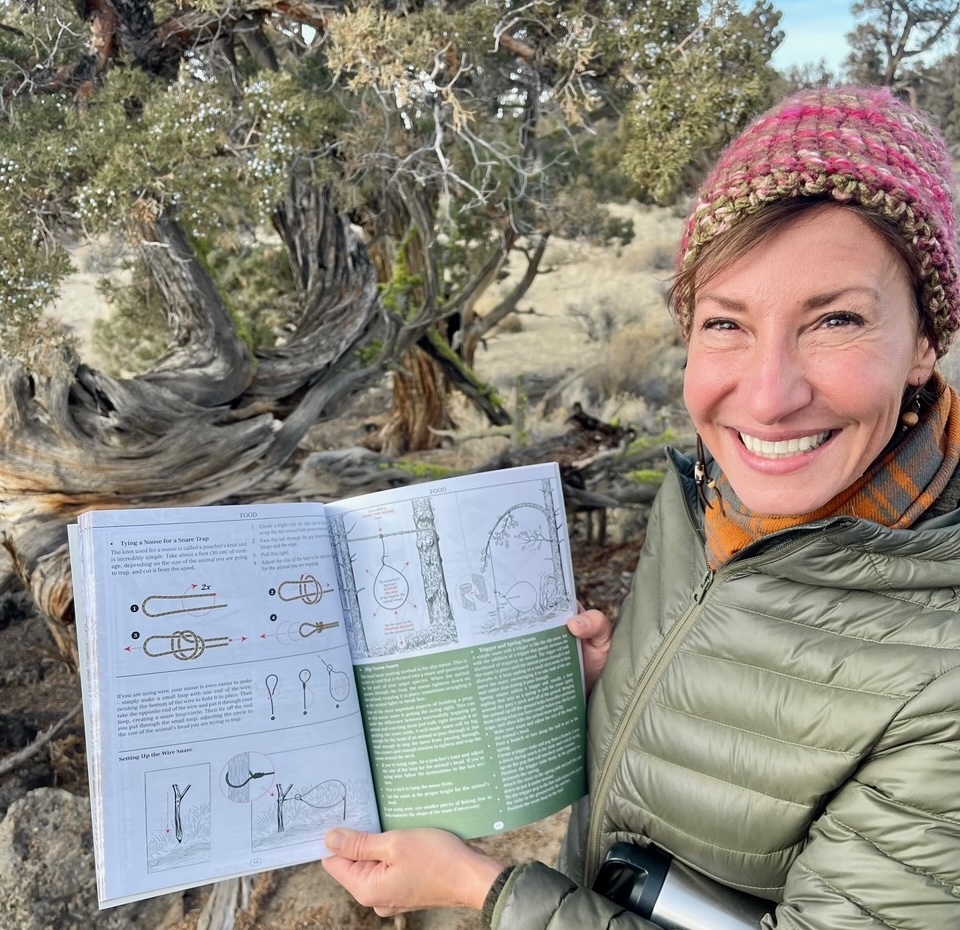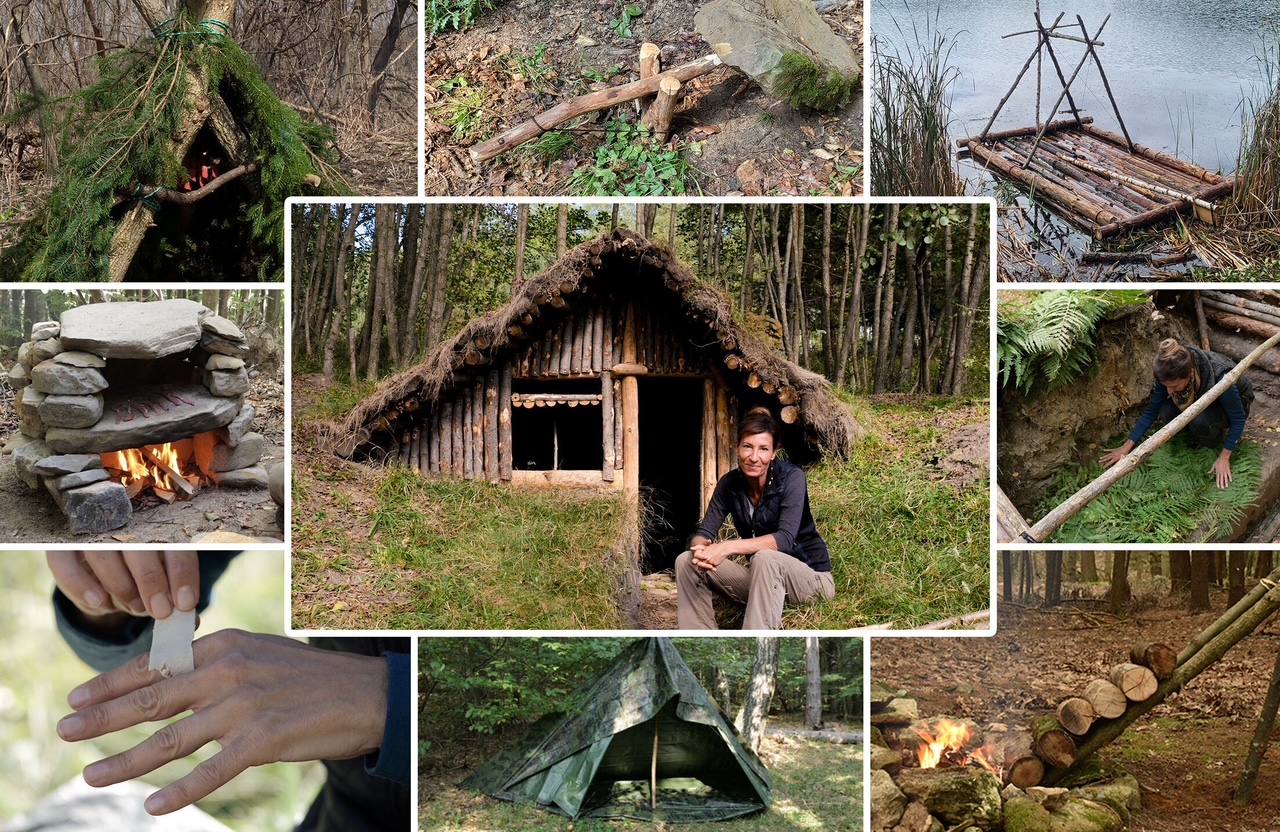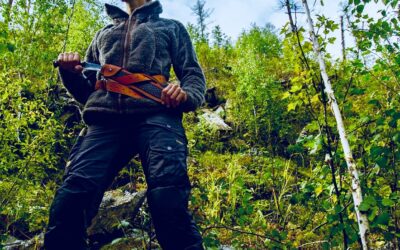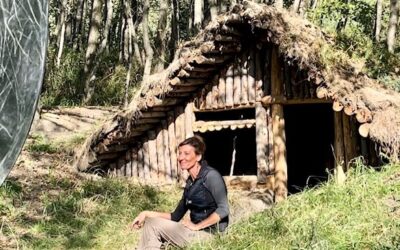From Trap to Table: Essential Food Skills for Wilderness Survival
When you are out in the wild, whether for a few days or many months, establishing and preserving your food supply will be a top concern after you have addressed shelter and sourcing clean water. In this post, we will discuss basic trapping methods and food preservation, along with a simple recipe for the ultimate survival food: pemmican.
By mastering these skills, you can enhance your self-sufficiency and confidence while navigating the challenges of living in the wild. Whether you’re preparing for an outdoor adventure or honing survival skills for emergency situations, these techniques will help to equip you with the knowledge needed to thrive in nature. Let’s dive in!
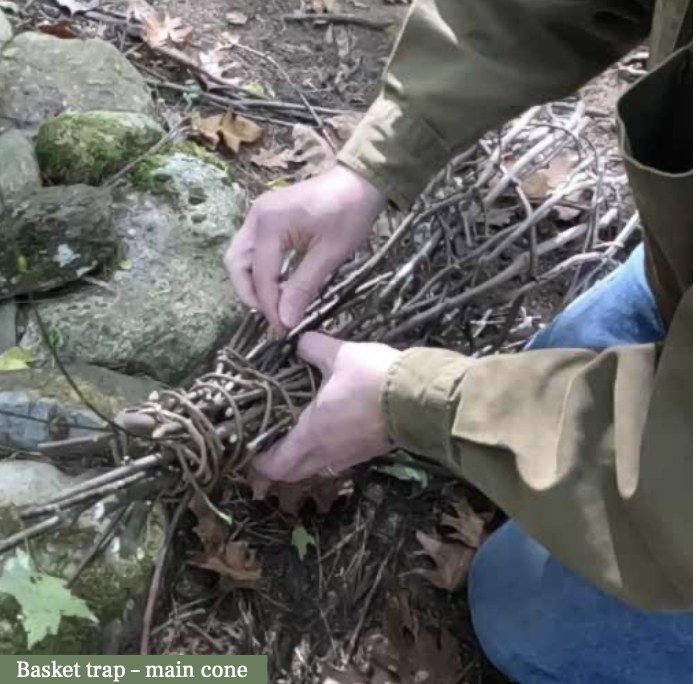
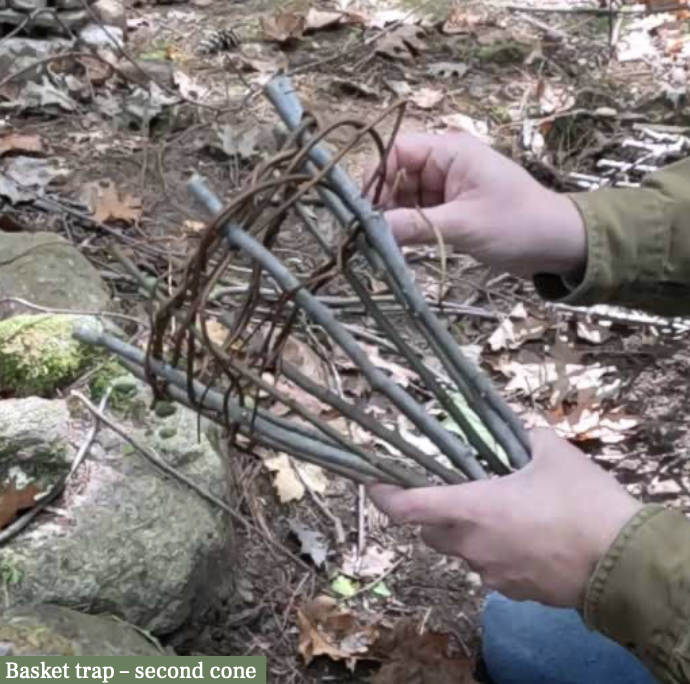
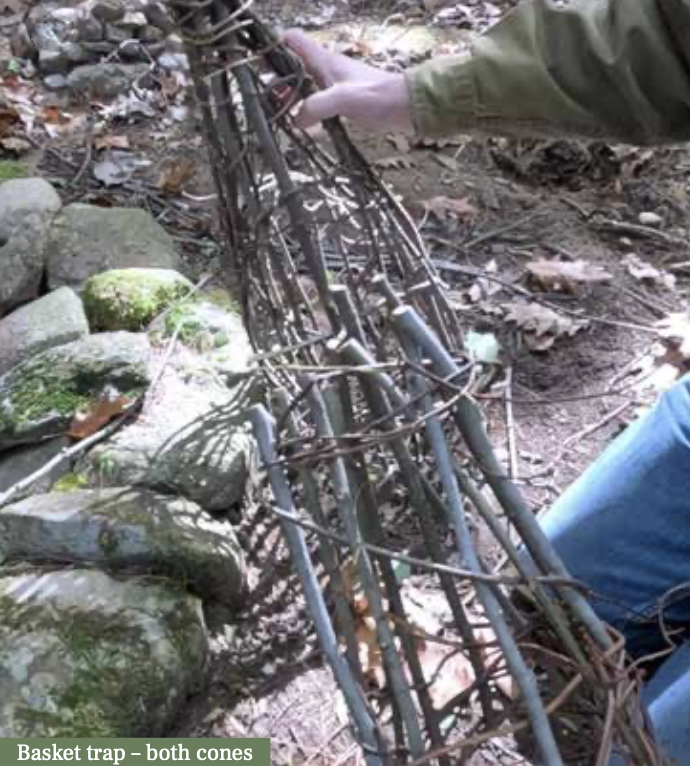
Basket Trap
Basket traps employ a clever, time-tested design for catching fish. A woven basket that’s crafted with a funnel and a holding chamber, it’s anchored in a water body and left submerged for several hours or even better, days. This ingenious design captures fish efficiently and is easy to use. Simply retrieve the trap from the water, separate the halves, and pour the captured fish into your holding vessel.
To create a basket, it requires two crucial materials: thin and flexible sticks as well as material to weave between the spokes. Green wood with a diameter of ½” or less will serve as the sides of your trap. In the past, people cut down a tree and then, after a year or two, harvest the shoots that emerge from the stump. This process is known as coppicing. These shoots are ideal for basket making.
If you can’t find a coppiced tree, work with any pliable saplings or branches you can find — young willow branches are a great option. These will serve as your spokes.
Next, you’ll need a material to weave between the spokes once you have created the cone-shaped basket. Thin branches will work, but vines or even roots (like spruce) are a better option if you can find them. Paracord or the inner strands from paracord can also be used. Bark stripped from larger branches is another option, but it is more difficult to work with as it tends to be brittle and easily broken.
Now you will want to make the second half of the basket by repeating the process, but use spokes that are half to one-third the length of your main basket. Create a similar cone as the first basket with the base the same size. Weave it so that the top diameter is 3 inches (7.5 cm) or smaller.
To set up your trap, place bait (like fish entrails or worms) at the bottom of the main basket. Then, insert the funnel. Secure the two parts together to prevent them from separating in the water. Weigh down your trap by using rocks or other suitable objects. Finally, position it in an area with good water flow and let it soak, checking it at least once a day for a catch.
For additional trapping methods with detailed instructions and illustrations, see my Wilderness Long-Term Survival Guide.
Preservation
Since conventional refrigeration is not an option in the wild, safely preserving food is an important concern to avoid contamination and food poisoning. Below are three common methods.
Sun Drying
Sun drying is one of the oldest and easiest methods for preserving meat, root vegetables, berries, and other plants.
You will want to find a flat rock or branch for your drying surface. Alternatively, you can build a drying rack. Whichever you use, it will need to be in a sunny location. When drying meat or root vegetables, slice as thinly as possible.
If using a rock, preheat it in your fire, then place it in a sunny location. Lay the meat and/or vegetables across it and flip them regularly. Make sure you only arrange a single layer without overlap so there is plenty of air circulation, which will help expedite the drying process.
I like to build a smoky fire nearby to help keep insects away as the smoke blows by the meat. You can also smoke meat directly as a preservation method, as noted below.
Smoking
Smoking meat creates a dry, arid environment that bacteria can’t thrive in. It also offers the bonus of enhancing the meat’s flavor. This technique was primarily employed as a substitute for salting during times when obtaining salt was challenging.
Smoking meat breaks down the connective tissue within the meat as well, resulting in a more tender final product. It also eliminates moisture and forms a coating that prevents flies from laying eggs on the meat. The type of wood used significantly impacts the final taste. Strong woods like mesquite impart a robust smoky flavor, while birch or oak offer a milder taste.
For detailed information on smoking meat, refer to my long-term survival guide under “How to Build a Smokehouse in the Wild”.
Burying
If you’ve ever been in a basement, you know that the temperature stays cool and fairly regulated. Ground temperature is generally lower than the ambient temperature above. This helps to maintain a better environment for storing root vegetables and meat. Burying meat underground works similarly and is an effective way for eliminating light and heat that spoils food. While it may not be the most hygienic method unless a covering is used to wrap the meat and/or vegetables, it helps to keep the temperature cool enough to delay the growth of microorganisms for short periods of time. However, it’s important to note that this is a temporary solution and doesn’t extend the shelf life of the meat as much as drying or smoking.

Recipe: Pemmican
Widely regarded as the ultimate survival food, pemmican helps preserve meat for extended periods of time, surpassing even the longevity of jerky. It’s made by pulverizing dried meat and combining it with dried berries and tallow (rendered fat). The resulting bar is nutritious and shelf-stable, providing a quick and high-calorie snack. Here’s how to make it:
Ingredients
- Beef, moose, venison, deer, or bear jerky
- Dried berries
- Rendered animal fat (preferably of the animal the meat came from)
Directions
- Using a mortar and pestle (or rock), pulverize your dried meat until it becomes a powder.
- Grind the dried berries until they are also ground into a powder.
- Mix the berries and meat together.
- Heat the rendered fat until it turns liquid and pour it over the meat and berry mixture. Aim for a 1:1 ratio of fat to meat and at least twice as much meat as berries.
- Cool it completely and then form it into balls or bars.
- Wrap the finished product securely to prevent flies or animals from getting into it.
Foraging
Lastly, no survival series on food would be complete without mentioning foraging. My Long-Term Wilderness Survival Guide includes detailed profiles for 20 common edible berries, plants, and mushrooms found in North America (or Europe with the European edition).
For an expanded wild foods resource, see my Foraging Guide (North America) or here for the European edition.
Pick Up Your Copy of This Essential Wilderness Guide
Whether you’re an experienced wilderness explorer or simply enjoy occasional hikes, my Wilderness Long-Term Survival Guide is the ideal companion for your outdoor adventures. It’s packed with detailed and invaluable tips for any outdoor enthusiast — whether you are spending time in the wild for just a few hours or would like to live off-grid for many months. This guide is also an essential addition to your backpack when camping, foraging, trailblazing, or hunting.
Life is uncertain. Pick up your copy of my Wilderness Long-Term Survival Guide today so that you are prepared if a crisis hits or you simply want to enjoy spending time in nature safely and without worry. Live in Europe? Your link is here. This book is a game-changer!
Online Wilderness Survival Academy
Seeking hands-on instruction? My online Wilderness Long-Term Survival Academy is for you!
With each class you complete in the Academy, you’ll become more self-sufficient. No matter where life takes you, the skills you master in the Academy will always be on hand.
Best of all, you can complete the course at your own pace — in a 3-day marathon, over three weeks, or even a few months. It’s entirely up to you. Or you can jump straight to the course about a specific project or subject that interests you right now.
My Wilderness Long-Term Survival Academy is NOT a subscription. You pay once and you and your family will have access to it for life, from your mobile phone, your tablet, your laptop, or TV. And you can access it from anywhere in the world. Get started by tapping here today!
Interested in additional posts from this series? See Long-Term Living in the Wild: The Art of Shelter Building and Wilderness Survival Series (Pt.II): Water.
Nicole Apelian


